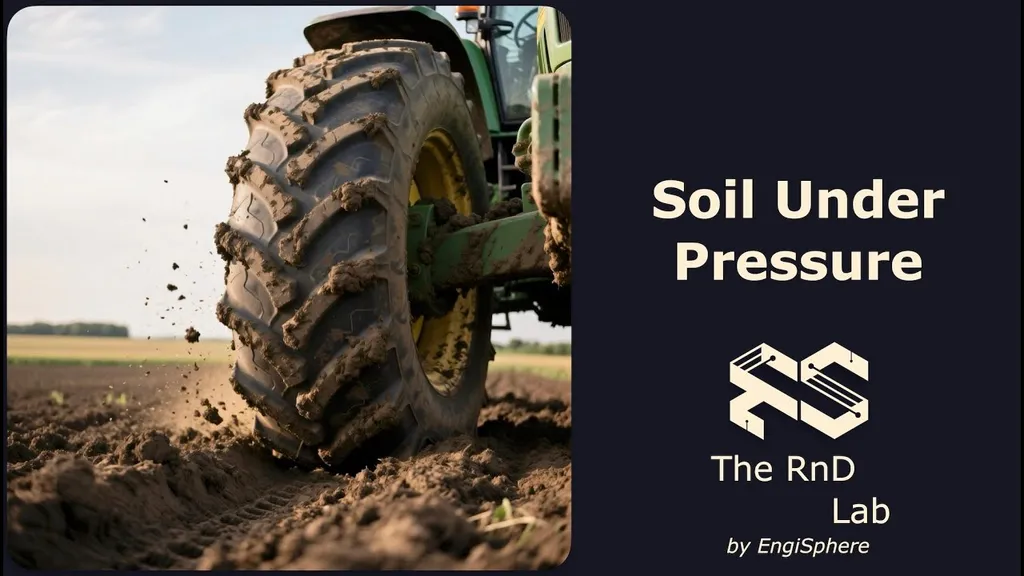In the heart of Brazil’s agricultural landscape, researchers are uncovering innovative ways to mitigate the impact of heavy machinery on soil health, a critical factor for sustainable farming and, by extension, the energy sector’s feedstock supply. A recent study led by Aldir Carpes Marques Filho from the Agricultural Engineering Department at the Federal University of Lavras (UFLA) sheds light on how tire selection and straw management can significantly reduce soil compaction, a pervasive issue in modern agriculture.
The study, published in the journal *AgriEngineering* (translated to English as Agricultural Engineering), explores the interplay between different tire models and straw cover on soil stress. Marques Filho and his team conducted static tests using a specialized tire test unit (STTU) to simulate real farming conditions. They evaluated three tire types: a road truck double wheelset, an agricultural radial tire, and a bias-ply tire, across four different surfaces: a rigid surface, bare soil, and soil with two levels of straw cover (15 and 30 Mg ha⁻¹).
The findings are compelling. The road truck tire imposed the highest pressure on the soil, while the agricultural radial tire was the most soil-friendly. “The radial tire’s design allows for a larger contact area, which distributes the weight more evenly and reduces compaction,” explains Marques Filho. This is a crucial insight for farmers and machinery manufacturers alike, as it highlights the importance of tire selection in soil conservation.
Straw cover also played a significant role. The study found that adding 15 Mg ha⁻¹ of straw reduced soil stress by 18%, and increasing it to 30 Mg ha⁻¹ led to an additional 8% reduction. “Straw acts as a cushion, increasing the tire’s contact area and absorbing some of the pressure,” says Marques Filho. This underscores the multiple benefits of straw cover, from moisture retention to soil protection.
The commercial implications for the energy sector are substantial. Sustainable agriculture is not just about food production; it’s also about ensuring a steady supply of feedstock for bioenergy. By adopting the right tire models and effective straw management practices, farmers can enhance soil health, leading to improved crop yields and more sustainable feedstock production.
This research is a stepping stone towards more sustainable agricultural practices. As Marques Filho notes, “The key is to understand the interaction between machinery and soil and to make informed decisions based on that understanding.” The study’s findings could shape future developments in agricultural machinery design, tire manufacturing, and soil management practices, paving the way for a more sustainable future in agriculture and energy.

